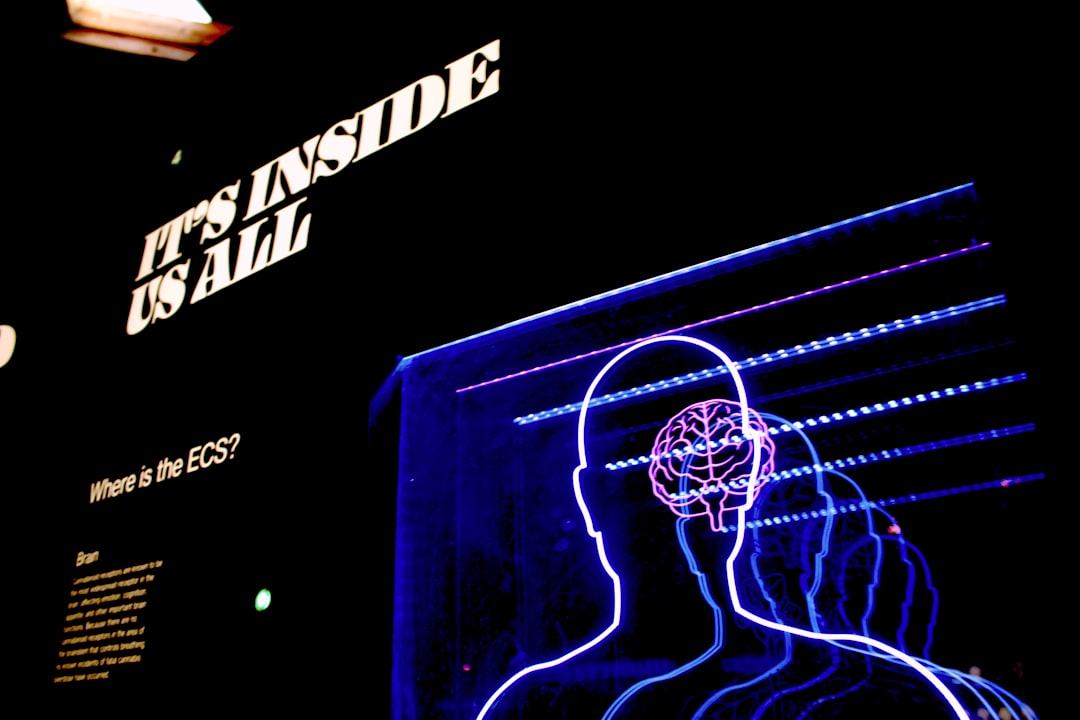What is it about?
It is often thought that subliminal viewing of an image (caused when it is shown for a very short time, then replaced with a different image) makes us more responsive to its contents. However, there are times when subliminal viewing makes people respond to the image's contents more slowly if it is presented again shortly after. This paper explains why this happens by simulating how the brain responds to rapidly flashed images.
Featured Image

Photo by Andy BELLEGARDE on Unsplash
Why is it important?
Many theories have been created to explain why people sometimes respond more slowly to an image that was briefly flashed earlier. However, these theories are often based on abstract concepts that do not directly map to the way neurons work, and they can also contradict each other. This paper seeks to resolve this conflict by showing how basic properties of neurons can explain the way we react to briefly flashed images, and ties this neuron-based explanation to the more abstract concepts presented by past theories, helping unify them.
Read the Original
This page is a summary of: A neural habituation account of the negative compatibility effect., Journal of Experimental Psychology General, December 2021, American Psychological Association (APA),
DOI: 10.1037/xge0001055.
You can read the full text:
Contributors
The following have contributed to this page










